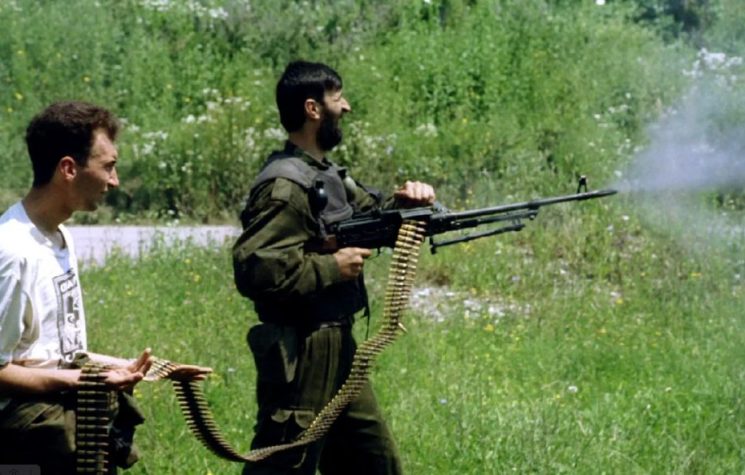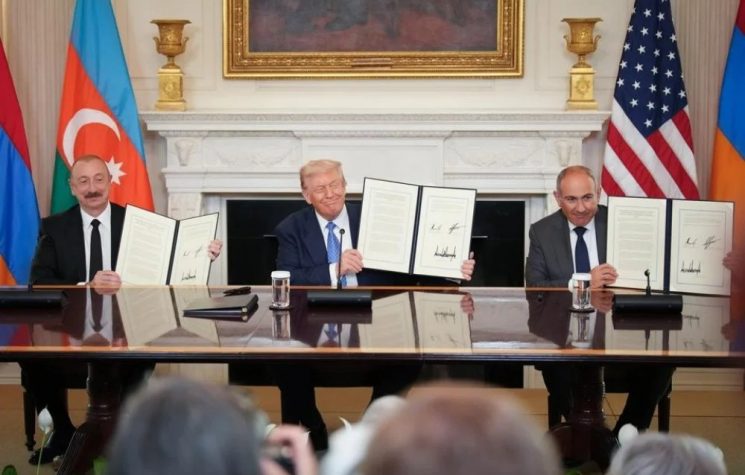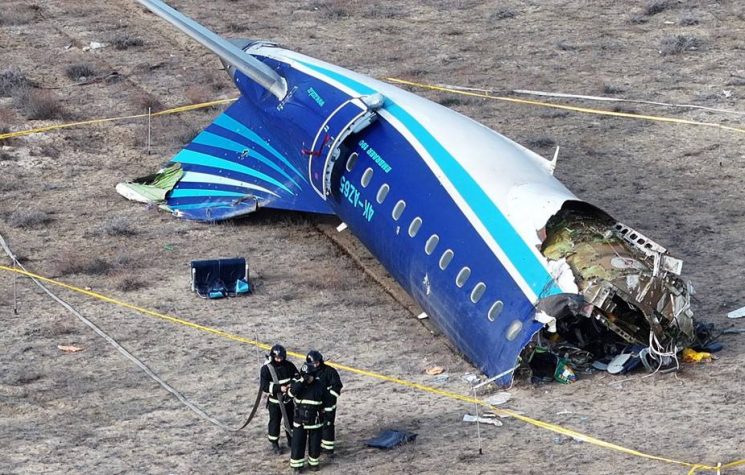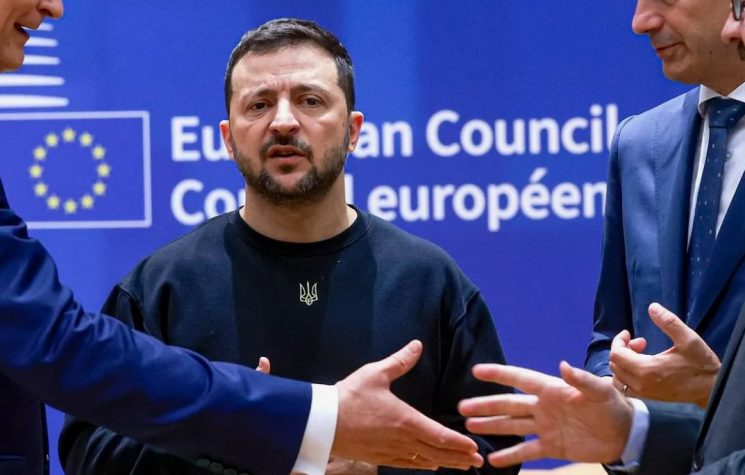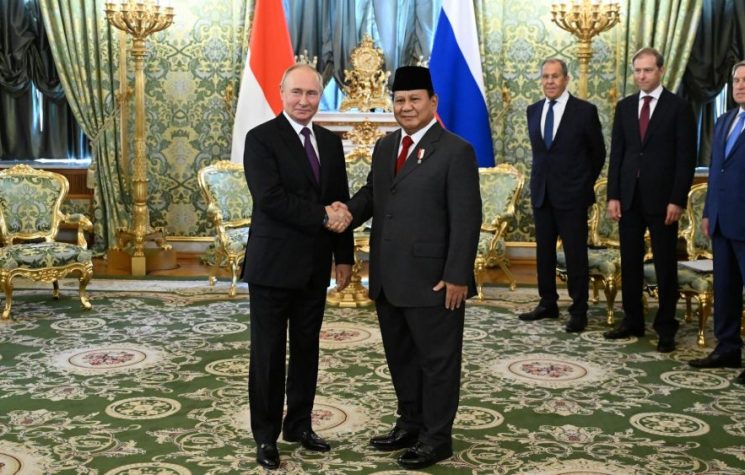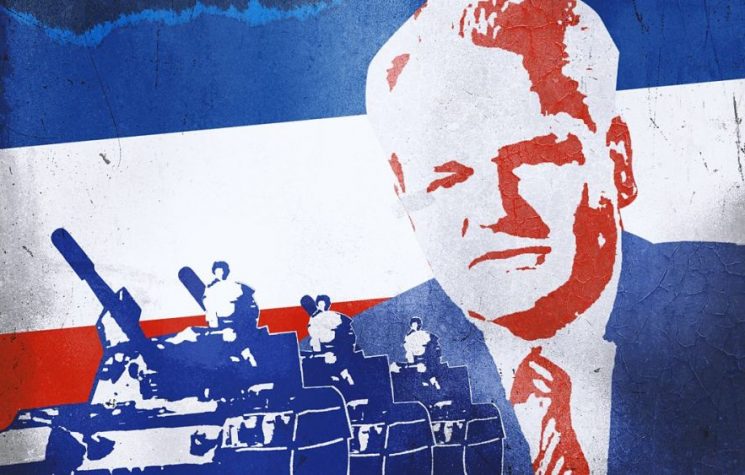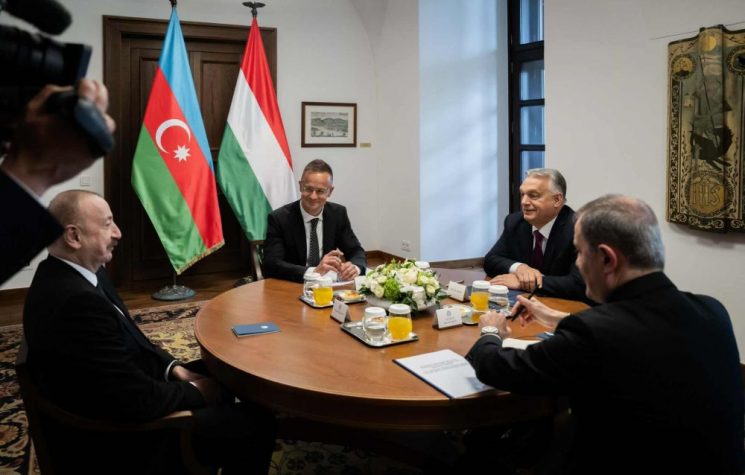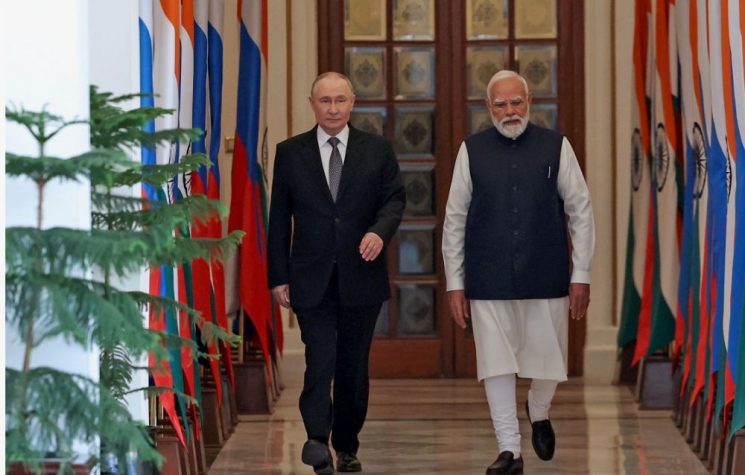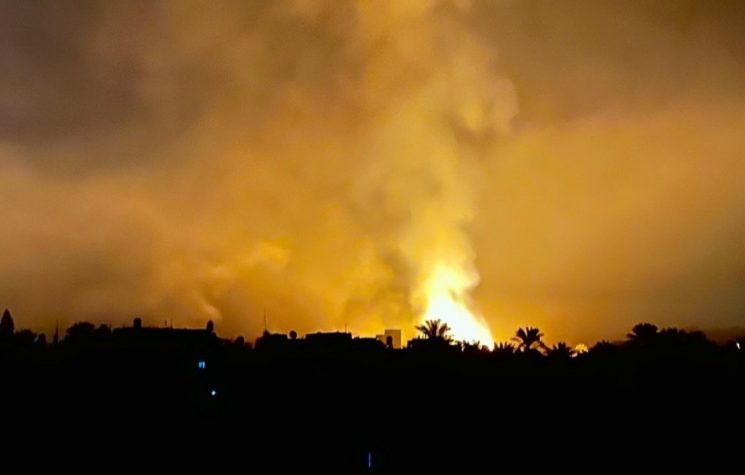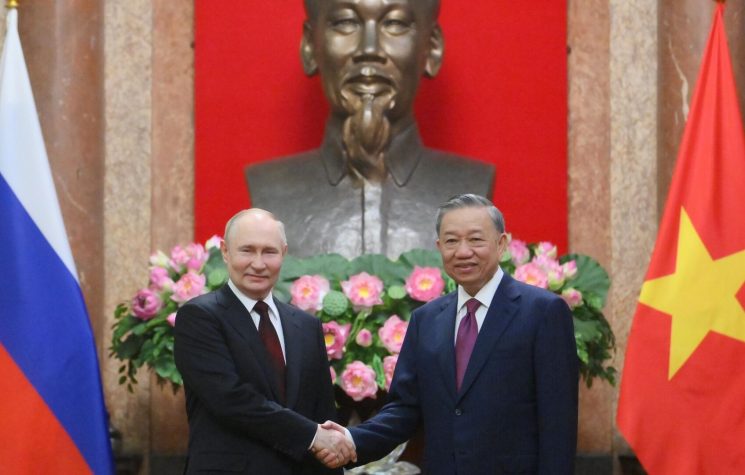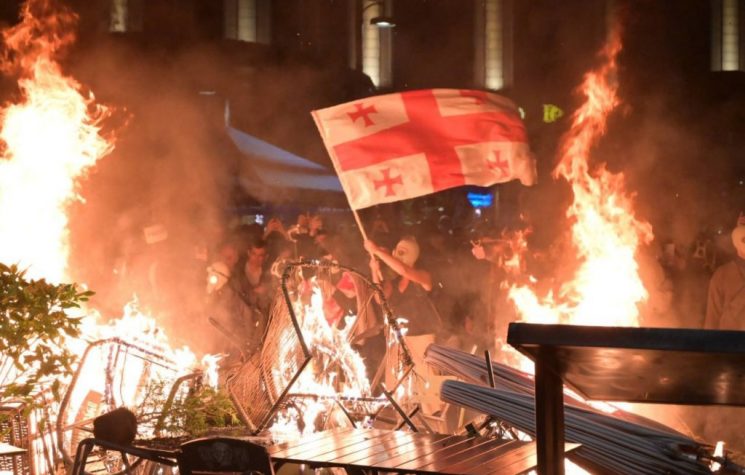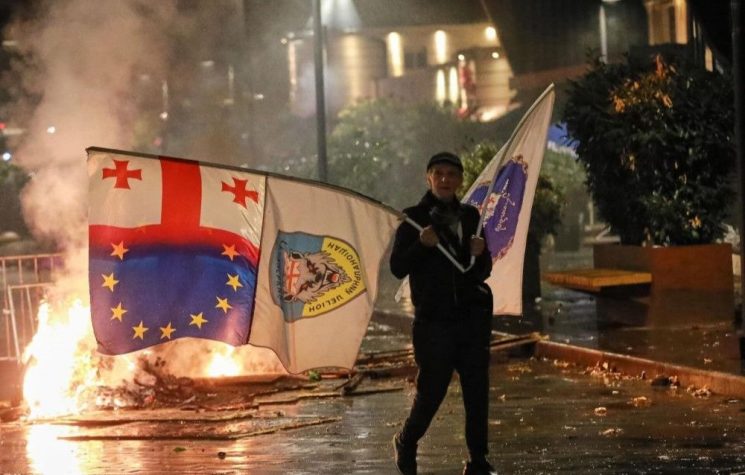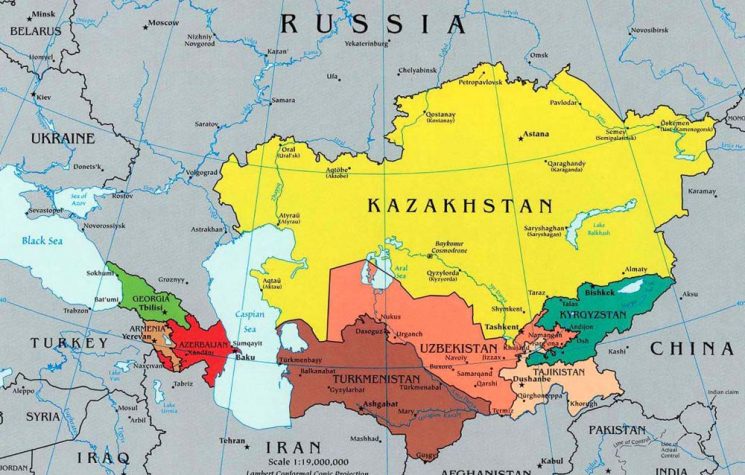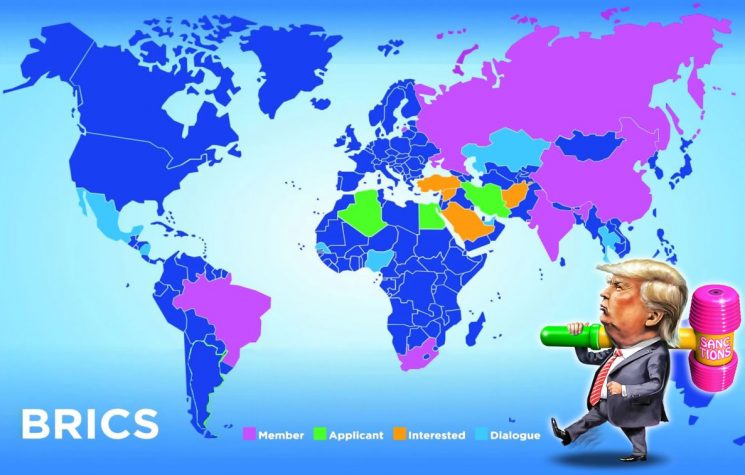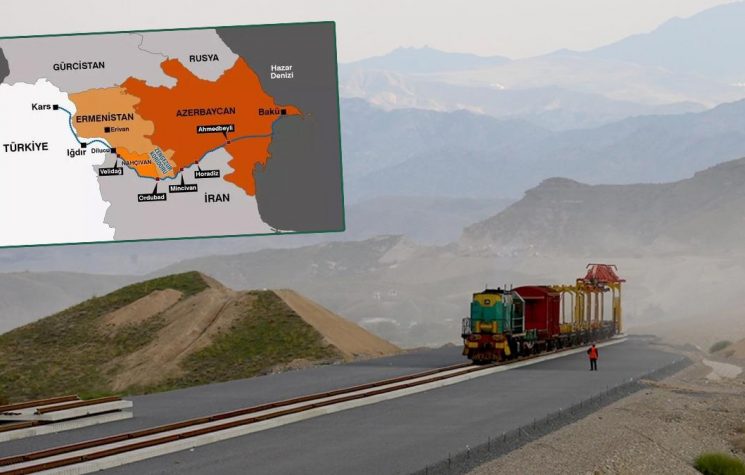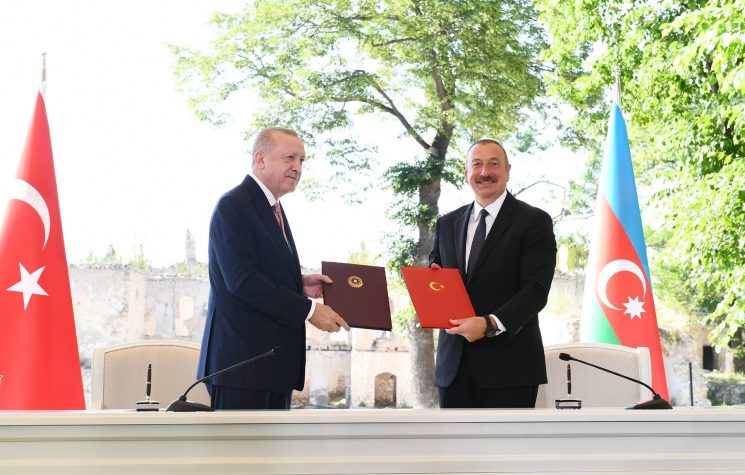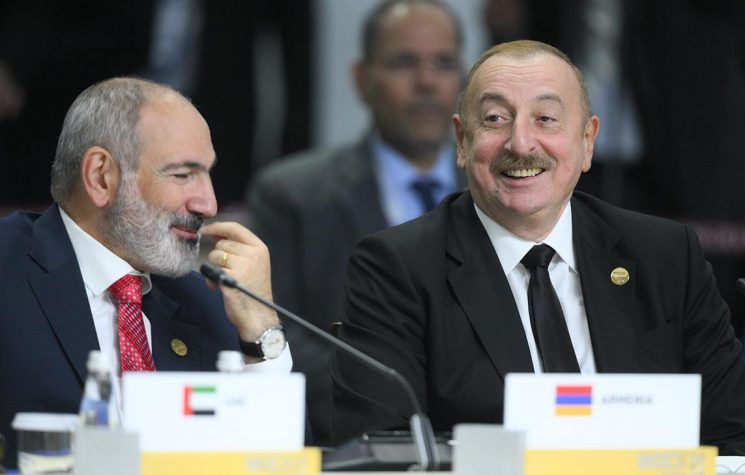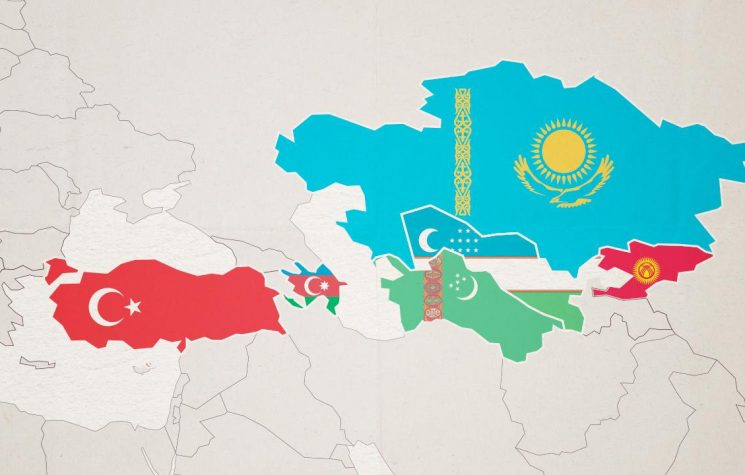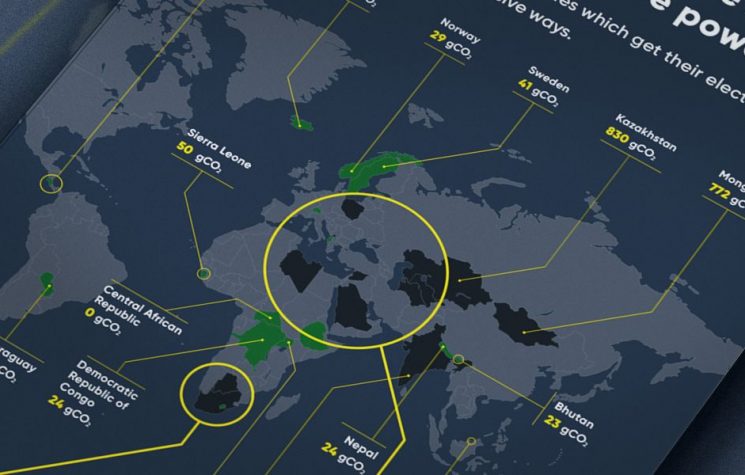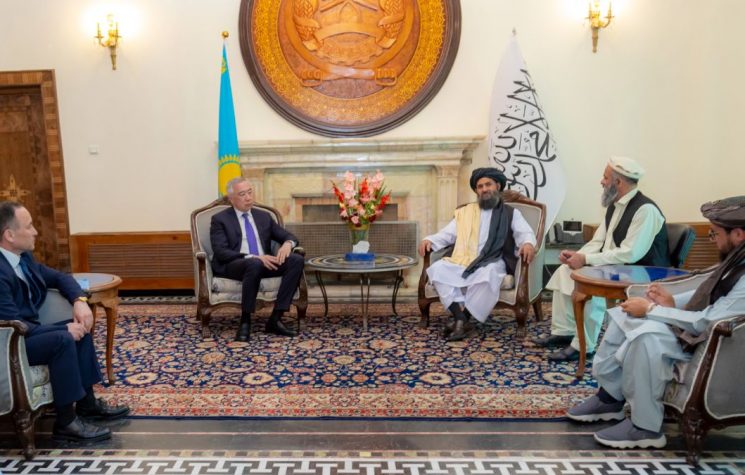It is crucial to remember that media conglomerates are not merely journalistic activities but represent propaganda sectors for international financial interests and nothing more.
Contact us: info@strategic-culture.su
An Embraer aircraft (the E190) crashed in Kazakhstan a few days ago, resulting in a tragedy that claimed the lives of 44 of the 96 people on board.
Investigations (from various countries) are still ongoing without conclusive explanations, but the most likely cause seems related to a Ukrainian drone attack that coincided with the flight’s passage through Chechnya.
Naturally, Western media (as well as Turkish outlets) have already constructed a narrative suggesting the plane was shot down by a Russian missile. While this is not impossible, it is worth noting that if the plane had been directly hit, no one would have survived. However, what strikes me most is not the cause of the crash itself but how the media approached it.
In a curious and markedly different way compared to other plane crashes in recent years, all Brazilian news reports about the incident (and many articles by foreign newspapers) described it as the crash of an “Embraer plane.” The headlines did not mention the airline, only the aircraft manufacturer. This usually does not happen when a Boeing or Airbus plane crashes. Observing the most recent Boeing accidents (and there have been several), it becomes clear that the articles tend to downplay the manufacturer’s role unless a mechanical failure can immediately be attributed to them.
At first glance, one might attribute this to the “inferiority complex” of a antinational Brazilian mass media that approaches any problem involving something “Brazilian” almost with relish. It is a media landscape that celebrates every defeat, failure, and crisis. A “Brazilian plane” crash, therefore, is seen as another golden opportunity to emphasize that Brazil “just can’t get it right.”
However, the facts point in a different direction. Not only did the Embraer aircraft manage to maintain much of its structural integrity during the crash—saving nearly half of the passengers—but fatal accidents involving Embraer planes are exceptionally rare.
Over decades of operation, there have been only 29 incidents involving Embraer commercial flights, and only a small portion of these resulted in fatalities. Comparing this to the number of cases involving Boeing or Airbus, which are much more prone to accidents—even considering the larger number of Boeing and Airbus planes in circulation—Embraer clearly emerges as a leader in safety.
Among the “big three” in the industry, the facts indicate that Embraer, at least in terms of safety, delivers the best results. Nonetheless, Embraer’s market value is significantly lower than Boeing’s, which is valued at 40 times the worth of the Brazilian company in stock markets.
It is important to point out that Boeing has been experiencing a devastating and seemingly insoluble crisis for years. This crisis began with two fatal accidents involving the 737 MAX model, shedding light on the company’s questionable practices. In October 2018, Lion Air Flight 610 crashed shortly after takeoff in Indonesia, killing all 189 people on board. A few months later, in March 2019, Ethiopian Airlines Flight 302 suffered a similar accident in Ethiopia, resulting in 157 fatalities. Boeing’s rush to accelerate the development of the 737 MAX, aimed at competing with the Airbus A320neo, led to compromises that prioritized deadlines and costs over safety. The company sought to avoid stricter regulatory requirements by presenting the 737 MAX as a simple upgrade to the previous model, thus reducing certification time and costs.
The crisis deepened further with whistleblower revelations highlighting profound issues in Boeing’s corporate culture. Engineers and employees raised concerns about inadequate certification practices for the 737 MAX and the management’s pressure on technical teams. In 2020, Edward Pierson, a former Boeing production manager, testified before the U.S. Congress, claiming he had repeatedly warned the company about safety issues in the production lines at the Renton factory in Washington. Pierson described an environment where pressure to meet deadlines resulted in improper practices, such as assembling aircraft with potentially defective components.
According to other Boeing quality assurance employees, like Mr. Sam Mohawk, all production work at Boeing is rushed and careless, with more emphasis on quantity than quality, aiming to maximize profits. As a result, Mr. Mohawk stated that it is common for planes missing parts to be sent to market.
All this has led to billions of dollars in losses for Boeing, with estimated costs exceeding $20 billion, including compensation to victims’ families, fines, settlements with airlines, and storage and revision expenses for the aircraft.
Instead of addressing production line issues by stopping essential cost cuts, Boeing appears to be solving whistleblower leaks differently. In 2024 alone, two employees who reported serious production line issues died under mysterious circumstances.
To make matters worse, in the second half of 2024, Boeing began taking out massive loans from banks to try to offset its constant financial losses, stemming from the cancellation of the 737 MAX and the pandemic-related losses.
In other words, Boeing shows all the signs of a declining company, with serious risks of being forced to reduce its activities and even abandon certain sectors of the aerospace industry.
In this crisis scenario, the only beneficiaries can only be Airbus and Embraer. Although Embraer is smaller than Airbus, the Brazilian company is growing much faster than its competitor. Almost all news about Embraer over the past year has been positive. Embraer’s profits have doubled, aircraft deliveries increased by 30%, and the company announced investments of approximately 100 million dollars to expand its operations in the U.S. Additionally, in 2024, Embraer expanded its activities in Europe and Asia.
Unsurprisingly, as the 737 MAX is shelved, rumors have surfaced that Embraer is developing a larger aircraft to compete with Boeing’s plane and Airbus’ A320, aiming to enter this less-explored segment, where Embraer already dominates the small and medium-sized aircraft market.
If Boeing is struggling, Embraer shows every sign of being a healthy company with positive future prospects.
Boeing, of course, is aware of this, and that is precisely why it attempted to save itself in 2019 through a nearly forced acquisition of Embraer, which failed due to a Brazilian pressure campaign.
It is important to note that one of Embraer’s unique strengths is its military division, one of the oldest and most important parts of Brazil’s military-industrial complex. Recently, Embraer announced the sale of six units of the Super Tucano A29, an interceptor with patrol, surveillance, and tactical ground operation support capabilities, to an undisclosed African client. A few months ago, Embraer also sold units of this aircraft to Paraguay, Uruguay, Portugal, Chile, and the Philippines. Additionally, the Brazilian Air Force has entered into a partnership to modernize older versions of the aircraft.
The media attack on Embraer, therefore, seems aimed at undermining the company’s credibility at a time when it is on the rise, and its main competitor is in deep crisis.
It is crucial to remember that media conglomerates are not merely journalistic activities but represent propaganda sectors for international financial interests and nothing more. Even Brazilian media conglomerates have deep connections to international interests.










